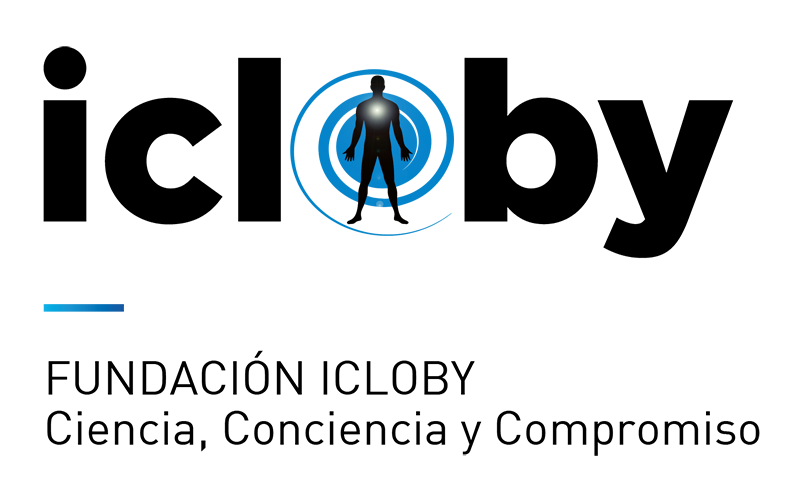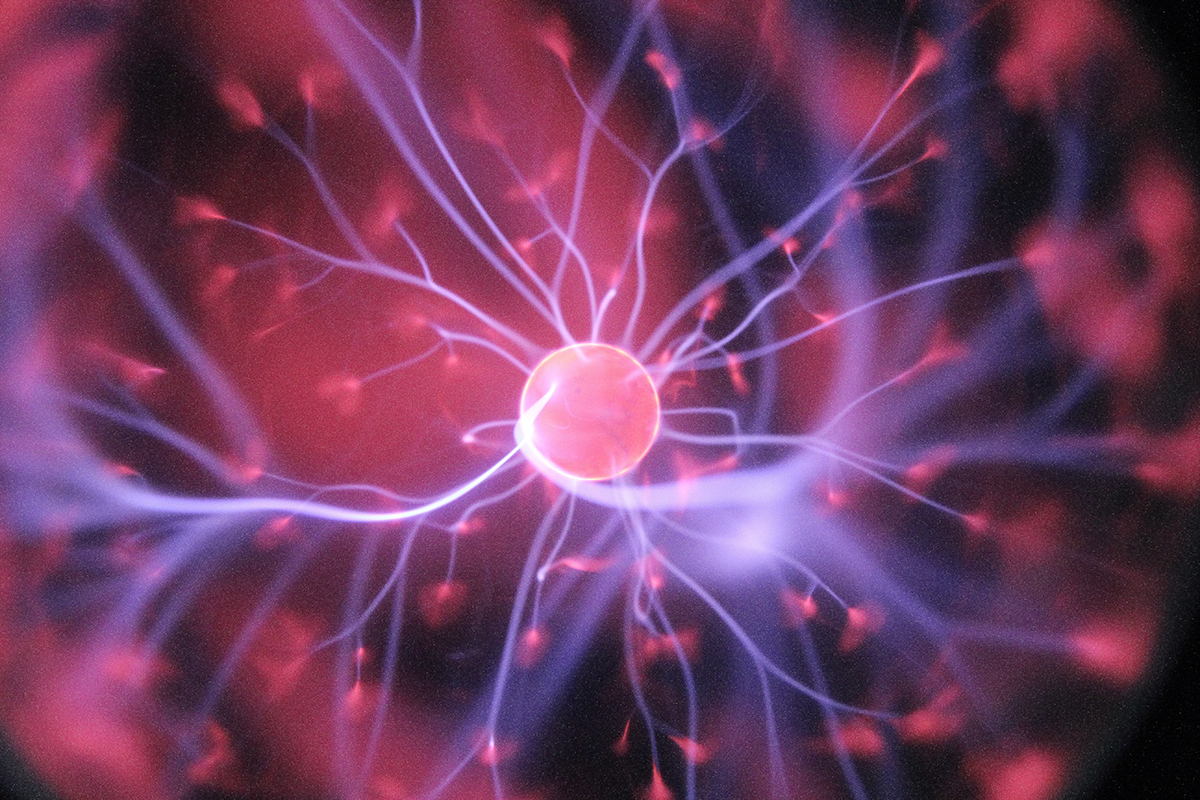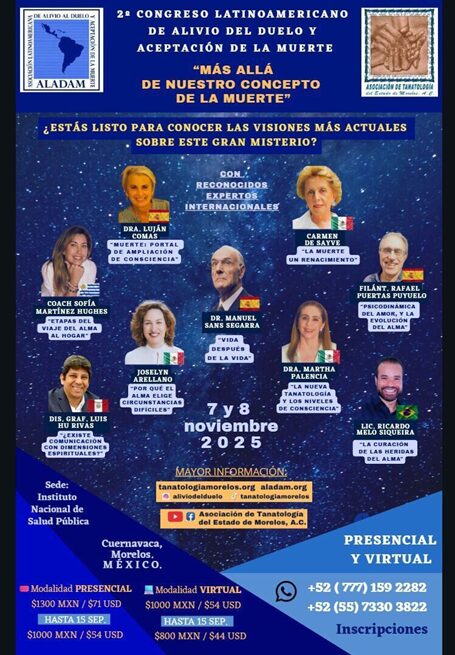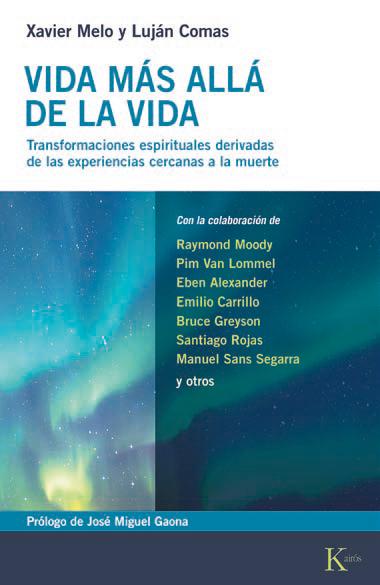有证据表明,在验证局部脑电图中伽马波的读数 (脑海) 以及他们在各种研究中的解释, 当被视为自然解释近死体验的候选人时 (濒死体验), 是, 所有帐户, 一个可怜的赌注. 支持这些结果, 您可以在附件中找到有关此主题的评论.
奥克兰大学的奈杰尔·肖, 新西兰, 已经开发了一系列论点,解释了该提议的不足之处.
首先, 肖解释了如何将肌肉运动误认为是脑波, 给出错误的大脑活动印象. 然而, 这似乎不太可能,因为在某些情况下已获得无运动类型的患者的脑电图记录.
第二, 他提到了某些发现在验尸中γ活性的研究中对死亡时刻的不良确定. 在一些研究中, 脑电图显然是在心脏骤停之前, 当未检测到脉搏时的其他人, 和其他在有效心肺逮捕期间.
肖的最强论点来自与狗的研究, 发现具有伽马活性的脑电图源自大脑的杏仁核,而不是皮质, 使这种活动不太可能提出为NDE的原因.
而且, 肖认为 伽马波与意识之间的关系从未完全建立: 例如, 有人可以在脑电图中产生伽马波,但处于麻醉状态.
最后, 作者强调了在迷幻国家, 复制NDE的某些特征, EEG记录的整个脑波频谱, 包括伽马波, 减少了; 增加了这些类型的验证波可能导致NDE的可能性的困难.
奥斯卡·洛伦斯和加西亚
附件
审查 临近脑电图的表征重症患者的脑电图激增 Chawla等人。, 2017.
在 2009, Lakhmir Chawla的团队检测到 寿命末电气潮流 (他们) 在 7 患者之间 3-5 心肺骤停后几分钟. 八年后, 他们设法复制了这些结果的一部分: 13 出于 18 患者经历了埃雷斯. 在 2009 文章, 提出这些埃尔斯作为近死亡经历的可能的神经生理原因 (濒死体验).
Chawla强调了Auyong的研究 (2010), 前进 (2013), 和范莱恩 (2011) 证实他的结果. 然而, 在第一个研究中, 心脏骤停的确切时刻不包括; 在第二个, 脑电图活性发生在小鼠中 30 心肺骤停后几秒, 这种被捕后的预期, 和博士. Borjigin本人抱怨Chawla获得的结果与她的团队记录的结果不同; 在第三, 排除了这样的经历, 作者在斩首的啮齿动物中找到, 可以与任何类型的意识相关联, 鉴于该现象发生在麻醉和非麻醉小鼠中.
诺顿的结果 (2017), 睡眠 (2021), 里根 (2018), 德弗里斯 (1998), 总共有 197 案例, 和Pana的荟萃分析 (2016) 和 7 人类研究和 10 动物研究, 没有验证Chawla的结果,并发现心肺停滞后全身减少或没有大脑活动.
当添加这些结果时,某些NDE发生之前 3 逮捕后的几分钟,由于其住院起源和足够的复苏协议, 很难将ndes归因于埃尔斯.
实际上, 埃尔斯似乎是严重受损大脑中神经元去极化的结果.





